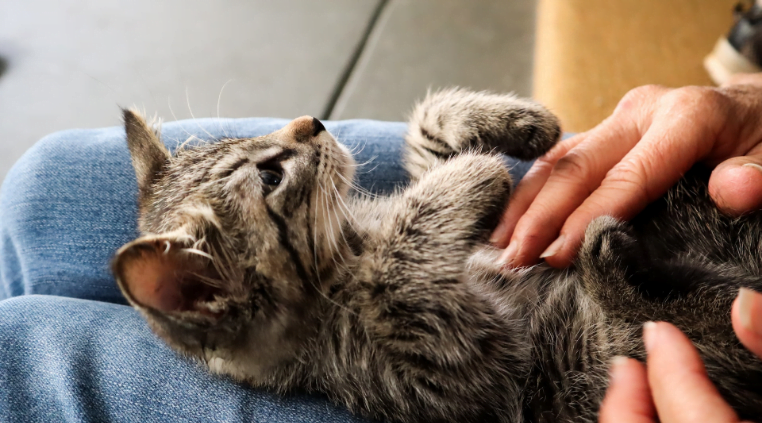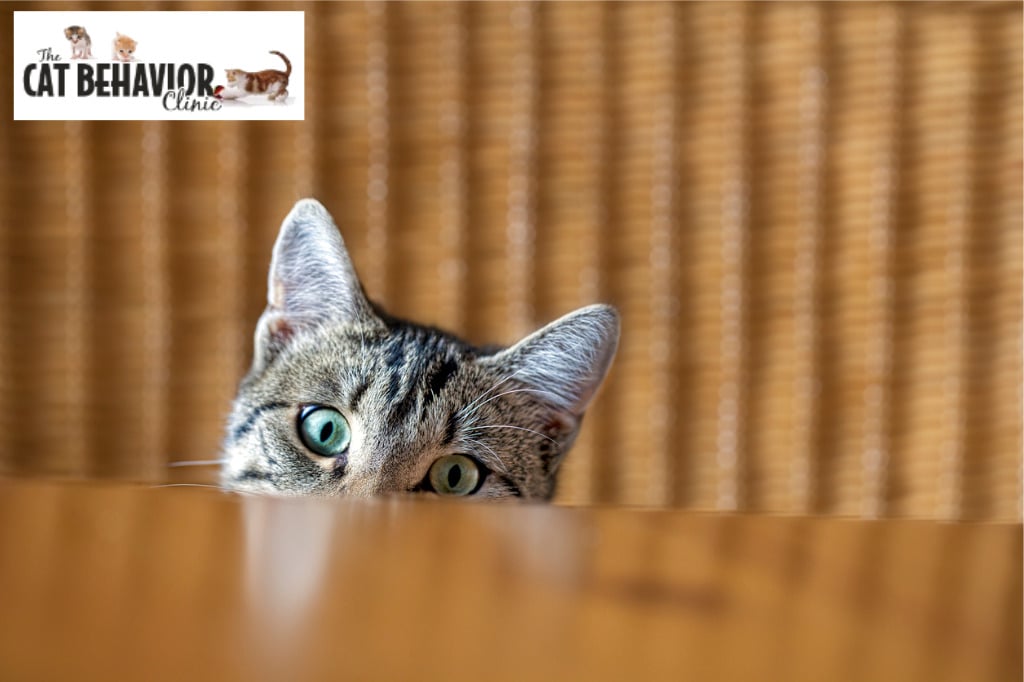How does cat behavior change after giving birth?
Table of Contents
Section 1: Maternal Instincts and Bonding
Section 2: Postpartum Care and Nutrition
Introduction
Have you ever wondered about the fascinating world of cat behavior after giving birth? The moment a mother cat welcomes her newborn kittens into the world is both heartwarming and complex. If you’re a cat owner or just an animal lover, understanding how mother cats behave post-pregnancy can provide valuable insights into feline instincts and the care they require.

In this blog post, I will explore the various aspects of cat behavior after giving birth. From nurturing instincts to the role of human caregivers, we’ll delve deep into the world of mother cats and their kittens. We will discuss the intricacies of cat behavior after giving birth, offering insights into their maternal instincts, the care they require, and the roles humans play in ensuring the well-being of both the mother cat and her kittens.
Q: How does cat behavior change after giving birth?
A: Cat behavior after giving birth is a remarkable display of maternal instincts and bonding. Mother cats devote themselves to the care and protection of their kittens, making it a unique and heartwarming experience for any cat owner.
Section 1: Maternal Instincts and Bonding
Maternal instincts are a complex and powerful set of behaviors and emotions that drive a mother to care for and protect her offspring. This instinctive connection is not limited to humans; it’s evident in a wide range of animals, including cats. When a cat gives birth to a litter of kittens, she displays an array of behaviors that are driven by her maternal instincts. These behaviors include grooming, nursing, and fiercely protecting her young. The way a mother cat cares for her kittens can be both heartwarming and awe-inspiring.
The bond between a mother cat and her kittens is a marvel of nature. Understanding the depth of a cat’s maternal instincts and how they bond with their offspring is essential for providing the right support during this time.
Mother cats are known for their strong maternal instincts. They typically start bonding with their kittens even before birth. During pregnancy, a cat may become more affectionate, seeking attention and companionship. For more information on cat behavior change when expecting kittens, read my blog on <cat behavior when pregnant.> Once the kittens are born, this bond intensifies as the mother cat nurtures, feeds, and grooms her litter.
It’s common to see a mother cat constantly nursing her kittens during the early weeks, providing them with crucial nutrients and antibodies through her milk. She also keeps them warm and secure, often curling around her litter to protect them. Understanding this behavior is important, as it helps cat owners recognize when the mother cat may need additional support or intervention.
The deep maternal instincts and bonding between a mother cat and her kittens are a fundamental aspect of cat behavior after giving birth. Recognizing the signs of a strong maternal bond is crucial for providing the best care possible.
Section 2: Postpartum Care and Nutrition
In the postpartum period, a mother cat’s care and nutrition become even more vital. The right support during this time ensures the health and well-being of both the mother and her kittens.
Postpartum care for a mother cat involves providing a quiet, safe, and comfortable space where she can care for her kittens. It’s essential to minimize disturbances and allow her to focus on nurturing her litter. This also means avoiding unnecessary handling of the kittens, as too much interference can stress the mother cat.
Nutrition is another critical aspect. During pregnancy and nursing, a mother cat’s dietary needs change. She requires high-quality kitten food that is rich in nutrients, including proteins and fats, to meet the demands of nursing and producing milk. It’s advisable to consult with a veterinarian to ensure she receives the right nutrition during this period.
Proper postpartum care and nutrition are key to ensuring the well-being of a mother cat and her kittens. Creating a suitable environment and providing the right diet are essential for their health and development.
Section 3: Human Intervention and Support
While mother cats are adept at taking care of their kittens, human caregivers play a significant role in ensuring the health and safety of both the mother and her litter.

Human intervention can be necessary in various situations. For example, if a mother cat is inexperienced or too young, she may not know how to properly care for her kittens. In such cases, it’s crucial to provide assistance in keeping the kittens fed and ensuring their hygiene. Always consult with a veterinarian or experienced breeder for guidance.
Additionally, human caregivers should monitor the mother cat’s health. Any signs of illness or complications post-pregnancy should be addressed promptly. The well-being of the mother cat is closely linked to the welfare of her kittens.
It’s also essential to socialize the kittens from an early age. Handling and gentle interaction can help kittens become well-adjusted and friendly pets in the future. However, always be cautious and respectful of the mother cat’s boundaries during this process.
Human intervention and support are essential for ensuring the health and well-being of both the mother cat and her kittens. Knowing when and how to step in is crucial for their safety and development.
Conclusion
Cat behavior after giving birth is a remarkable display of maternal instincts and bonding. Mother cats devote themselves to the care and protection of their kittens, making it a unique and heartwarming experience for any cat owner.
The journey of a mother cat after giving birth is a testament to the beauty of nature and the strong bonds that exist within the animal kingdom. As responsible pet owners, it’s our duty to provide the necessary care and support to ensure the health and happiness of both mother and kittens during this precious phase of life.


